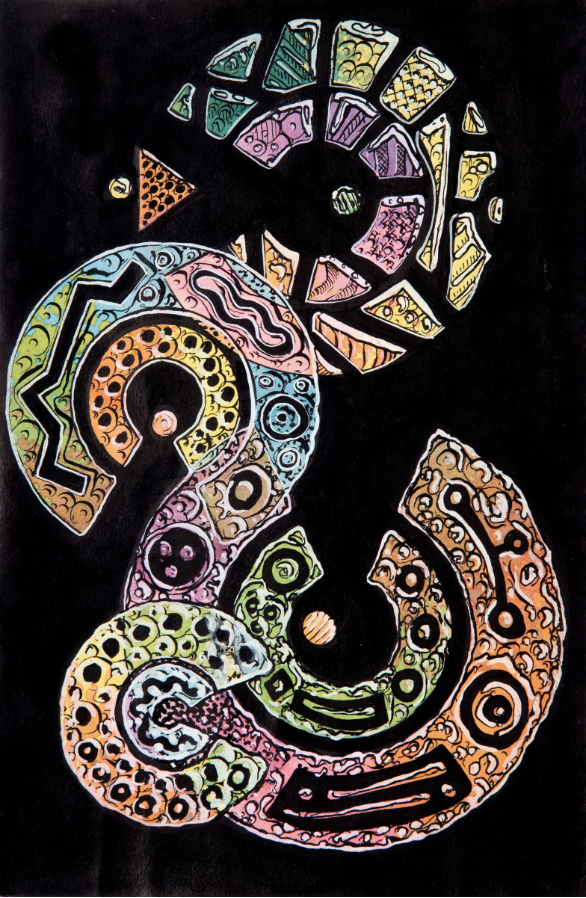You have no items in your cart.

This will be the first solo exhibition of artist, experimental filmmaker, and groundbreaking music ethnologist Harry Smith (1923–1991), whose compendium of song recordings, the Anthology of American Folk Music, laid the groundwork for the popularization of folk music in the 1960s. This exhibition introduces Smith’s life and work within a museum setting for the first time and includes paintings, drawings, experimental films, designs, and examples of Smith’s collecting alongside his historic folk music collection. Seen throughout this hybrid display of art and ephemera are signs of the esoteric, fantastic, and alternative cosmologies basic to Smith’s view of culture. The exhibition proposes new ways to experience diverse strains of 20th-century American cultural histories.
Over the course of fifty years, Smith made renegade and innovative use of the changing recording and distribution technologies, from his voracious approach to record collecting to experiments with early tape-recording systems to groundbreaking manipulations of abstraction and collage in film. Smith was a pioneer in collecting, organizing, and sequencing images and artifacts that structure the ways we understand and share culture and experiences today. He created a life and practice outside of institutions and capitalism, offering an eccentric model for engagement with a society today even further dominated by these systems.
Vitally, Smith brought to light and wrestled with—sometimes imperfectly—facets of America’s rich histories, tracing and sharing underappreciated veins of culture often invisible to mainstream society. Very much outside of his time, Smith nonetheless created his own rich vein of American culture that says more about this country, its arts, and its diverse creative communities than nearly any other artist of his time.
The exhibition, designed in partnership with artist Carol Bove, distills his remarkable and varied production into a number of distinct sculptural spaces. Smith’s early hand-painted abstract films, his film of Seminole textiles, and Andy Warhol’s Screen Test of Smith will be presented alongside stills from the liner notes of the Anthology of American Folk Music. The exhibition will zig-zag through displays of Smith’s personal collection of ephemera and archival materials to survey the artist’s life. The artist’s rarely-seen final film Mahagonny (1970–80) creates a portrait of urban America with a mesmerizing, hectic, and repetitive showcase of four films presented simultaneously while an original score from the Brecht-Weill opera Rise and Fall of the City of Mahagonny (1930) plays at high volume. A small black box theater will immerse visitors in Smith’s collage film, Heaven and Earth Magic (1957–62), and other audio-visual works. Finally, this exhibition will offer a unique listening environment where visitors can explore the Anthology of American Folk Music along with interviews from Smith himself.
This exhibition is co-organized by The Whitney Museum of American Art and the Carpenter Center for the Visual Arts at Harvard University, where a version of the project will open in November 2024. The exhibition is curated by artist Carol Bove; Dan Byers, the John R. and Barbara Robinson Director of the Carpenter Center for the Visual Arts; Rani Singh, Director of the Harry Smith Archives; Elisabeth Sussman, Curator and Sondra Gilman Curator of Photography at the Whitney Museum of American Art; with Kelly Long, Senior Curatorial assistant at the Whitney Museum of American Art.
Generous support for this exhibition is provided by The Andy Warhol Foundation for the Visual Arts.
Additional support is provided by The Robert Mapplethorpe Foundation.

09/24/2023 - 01/31/2024
Location
Whitney Museum of American Art
